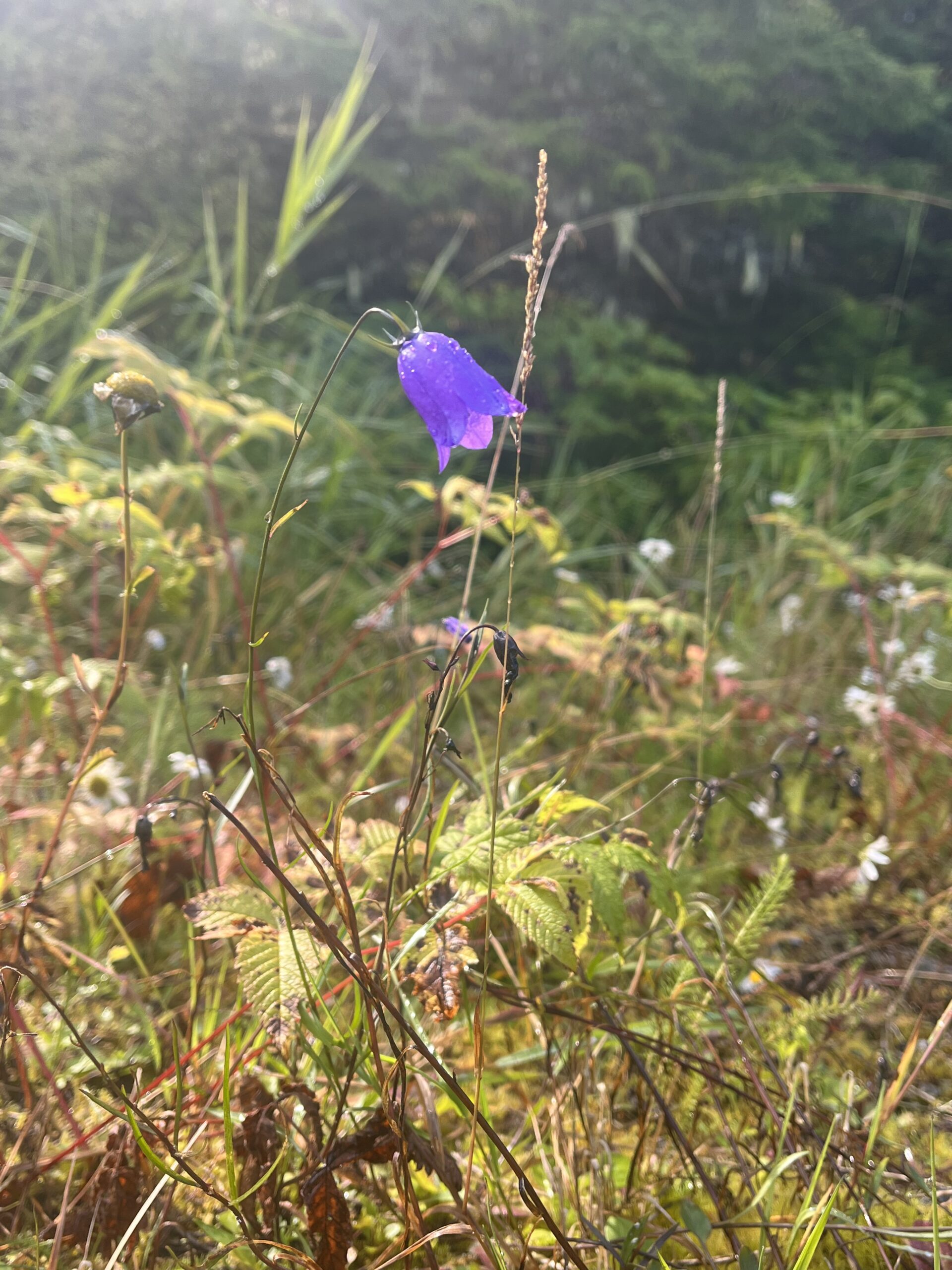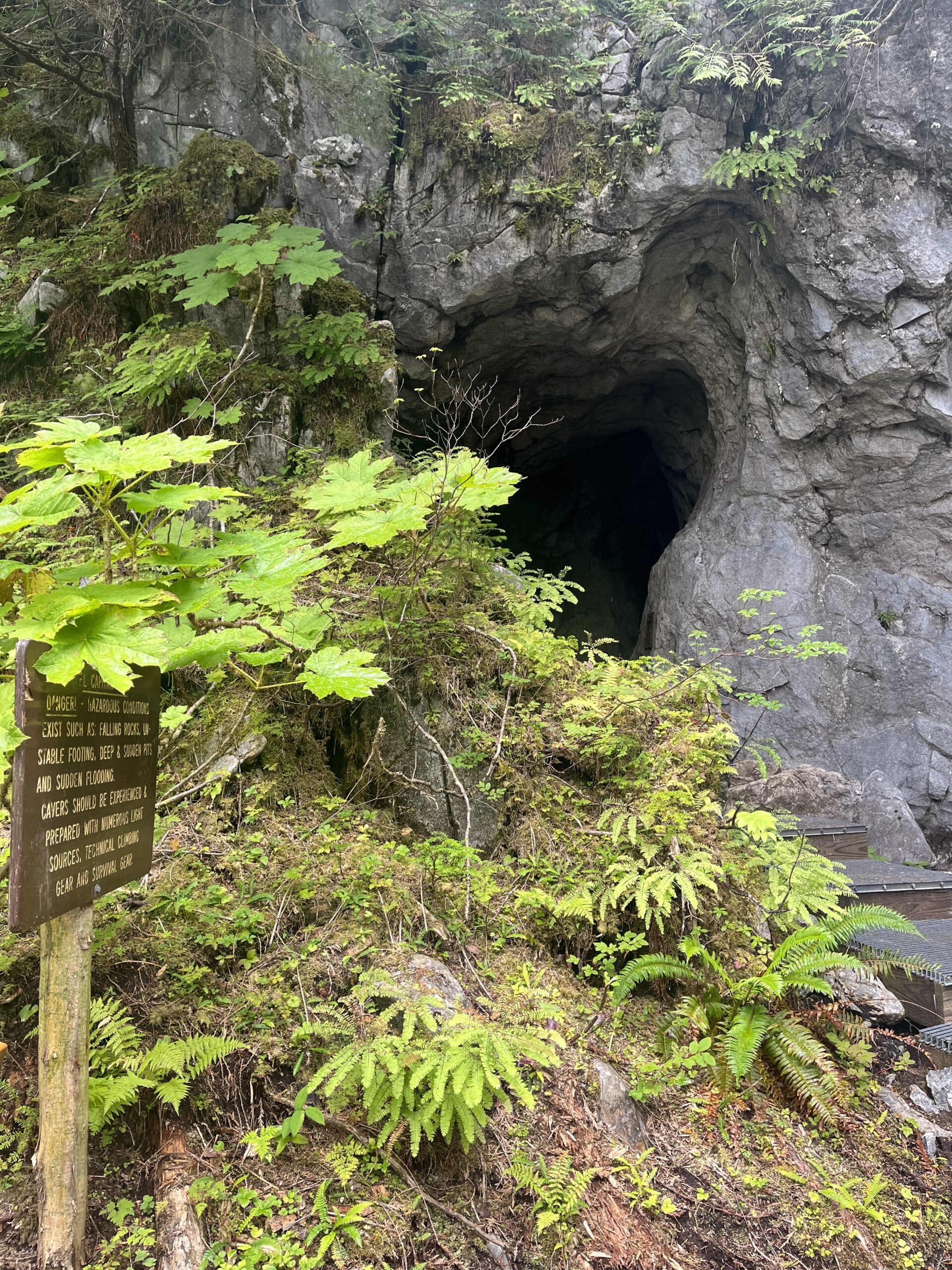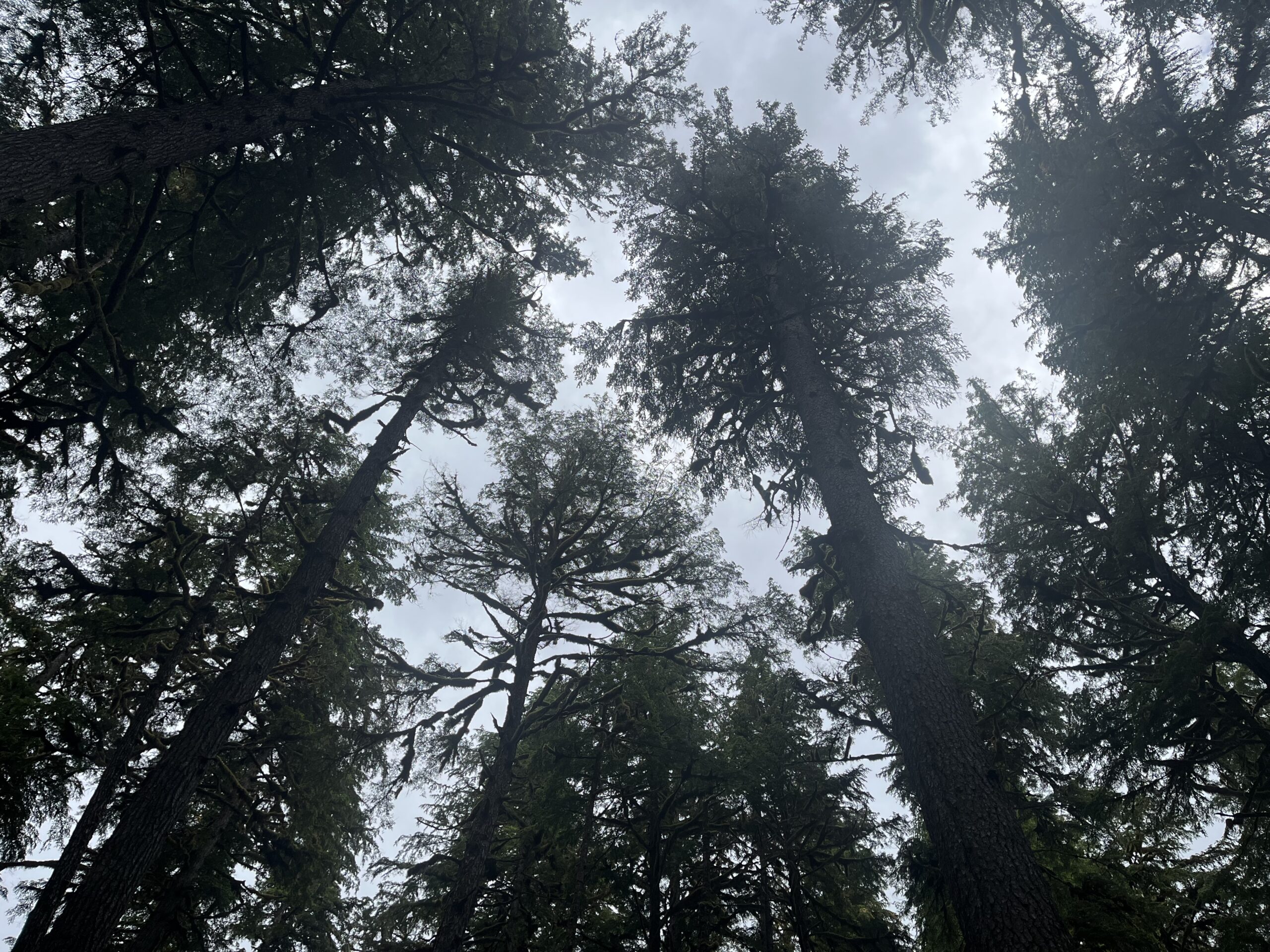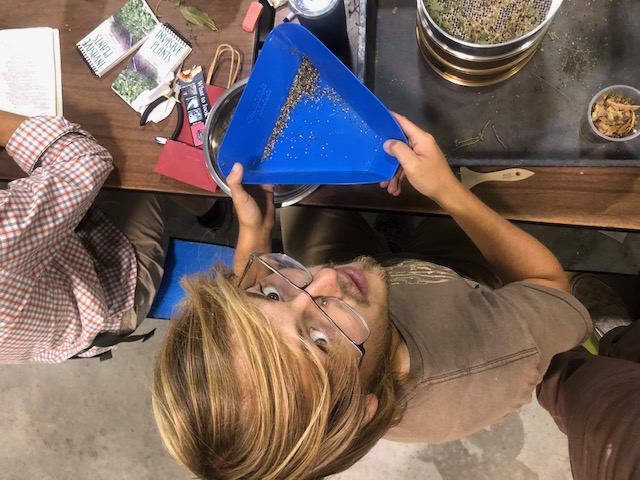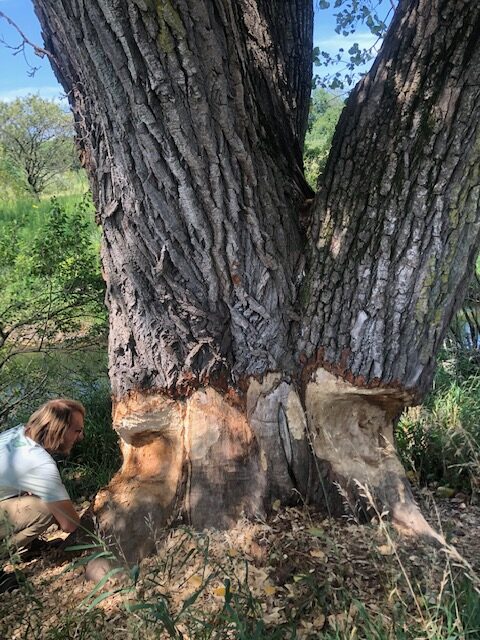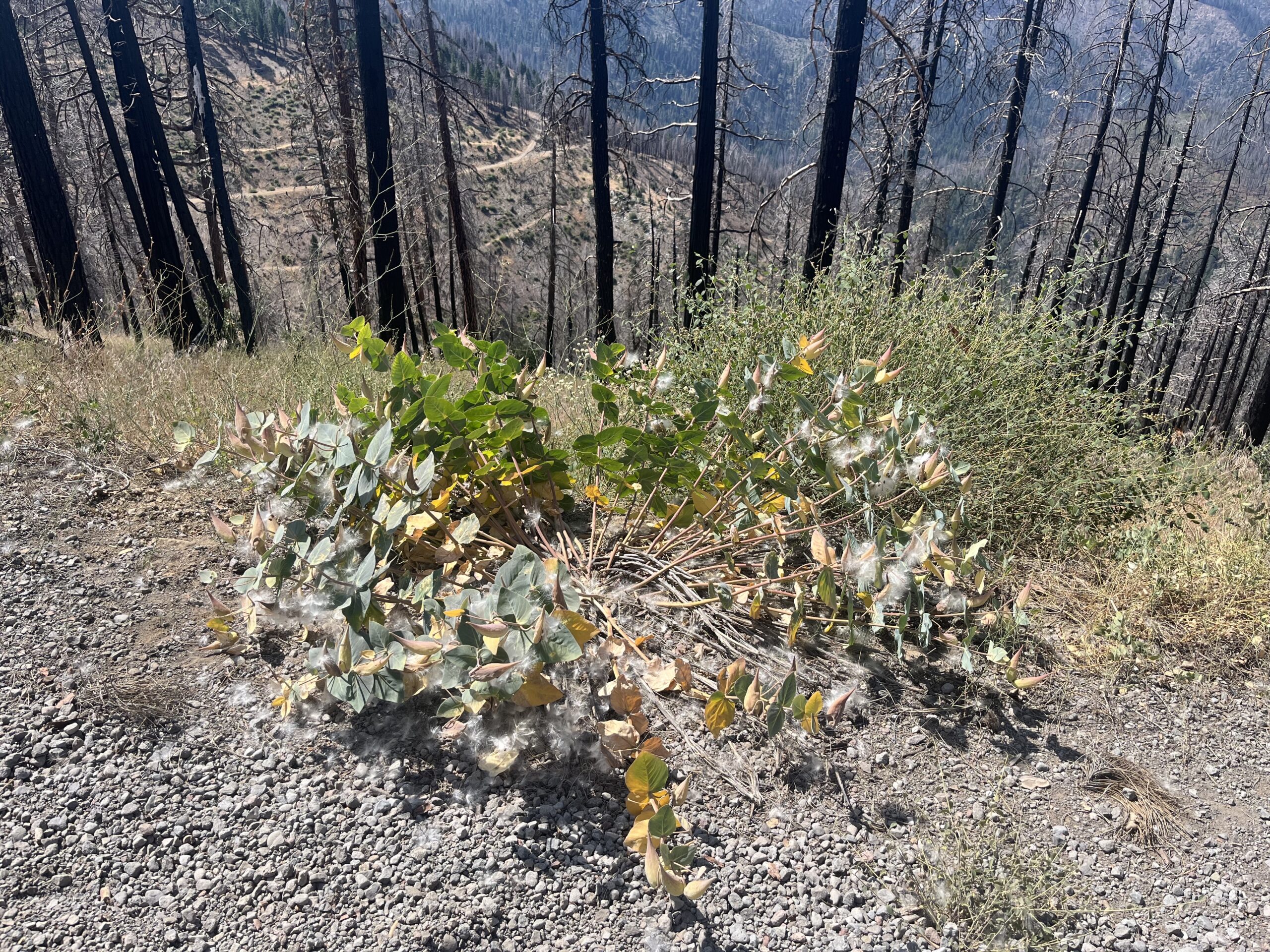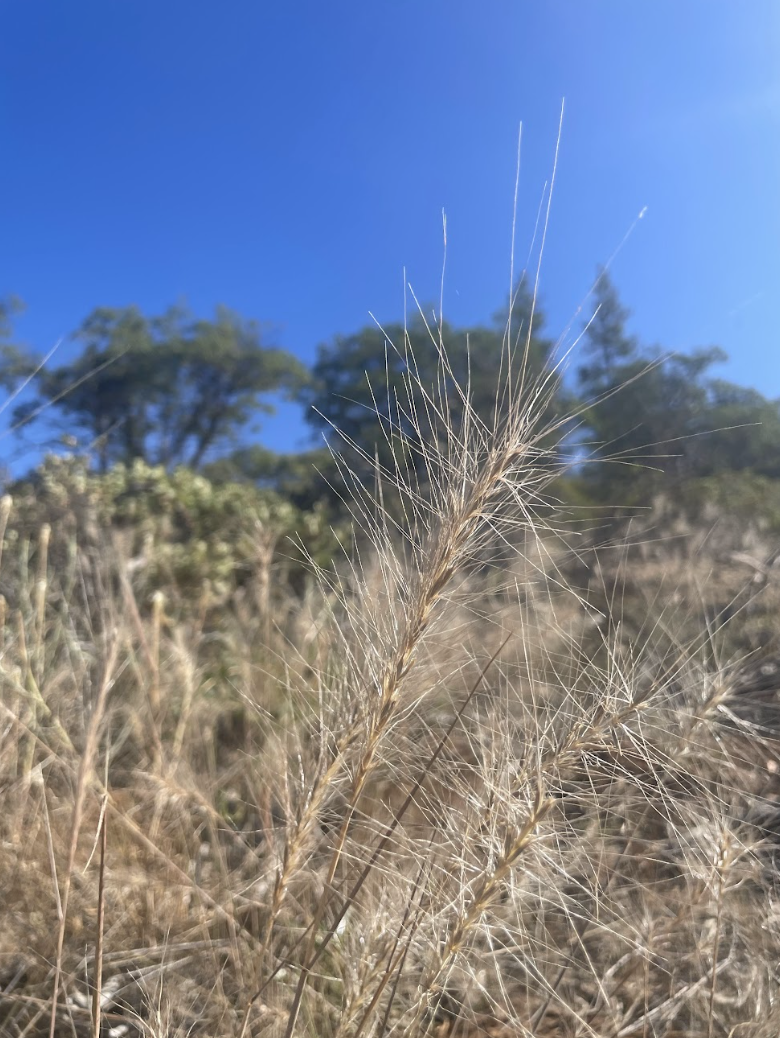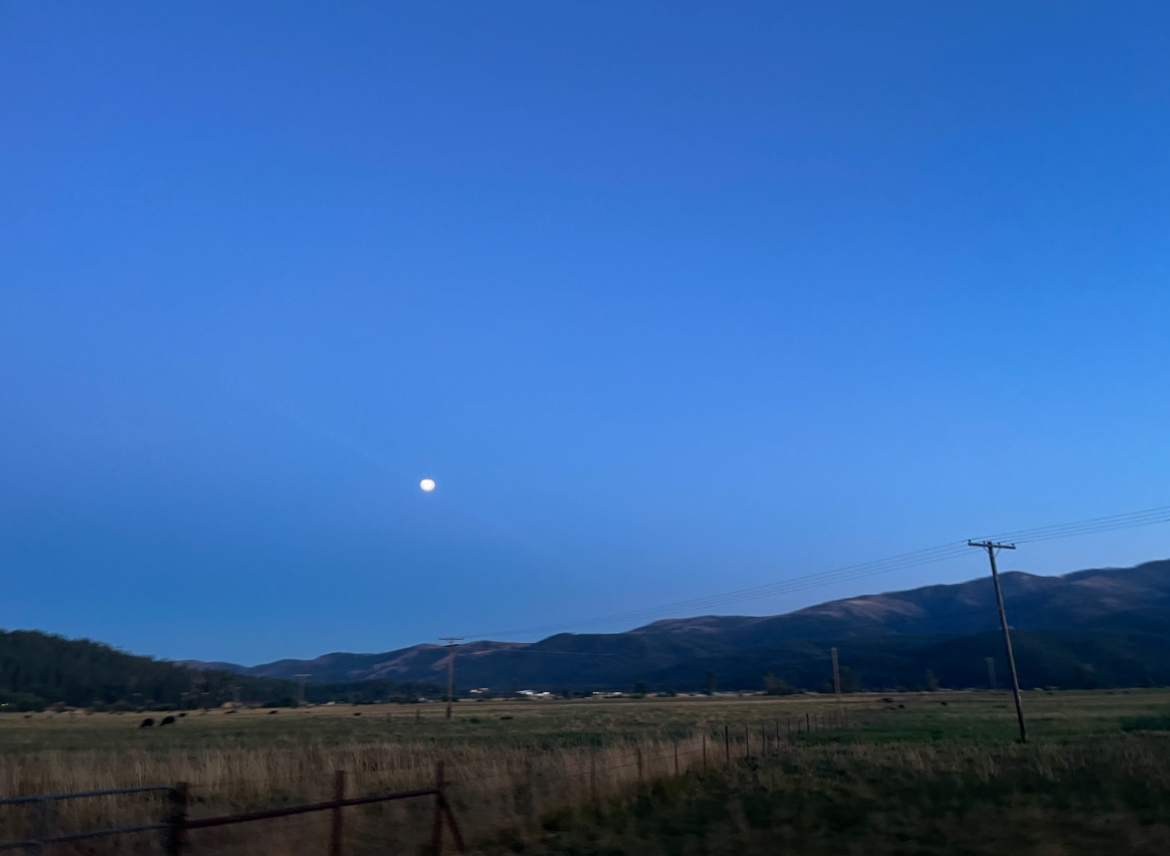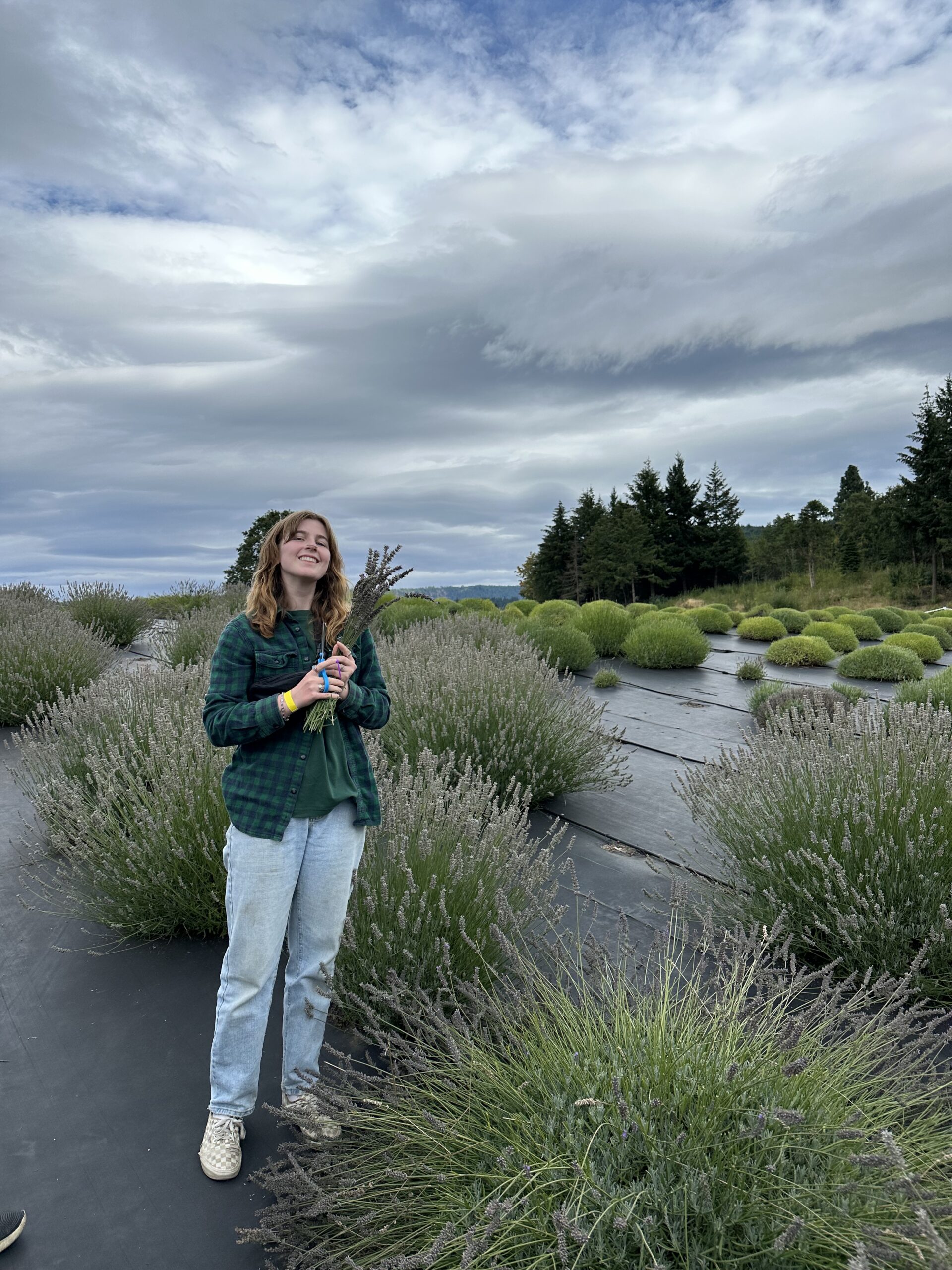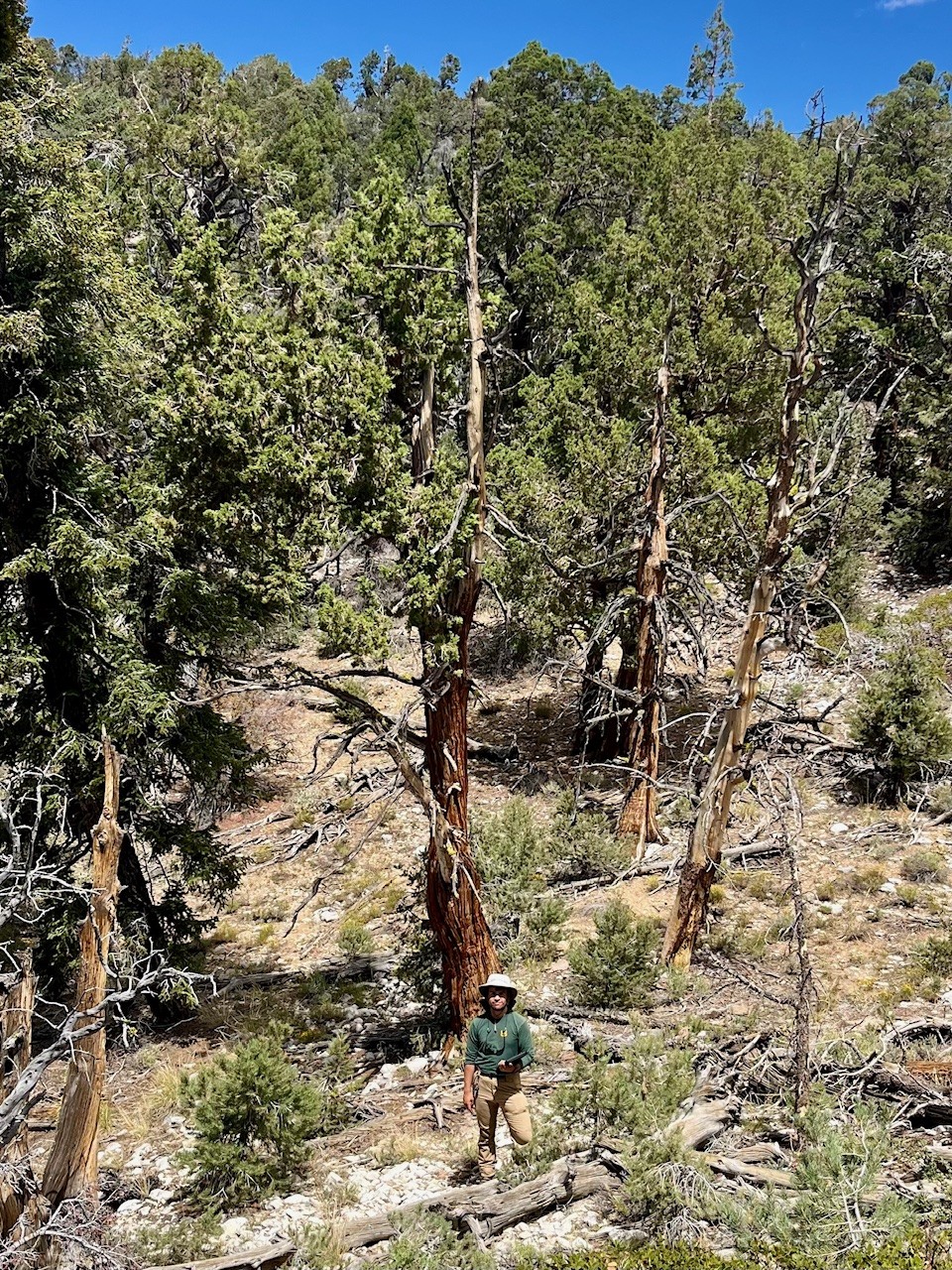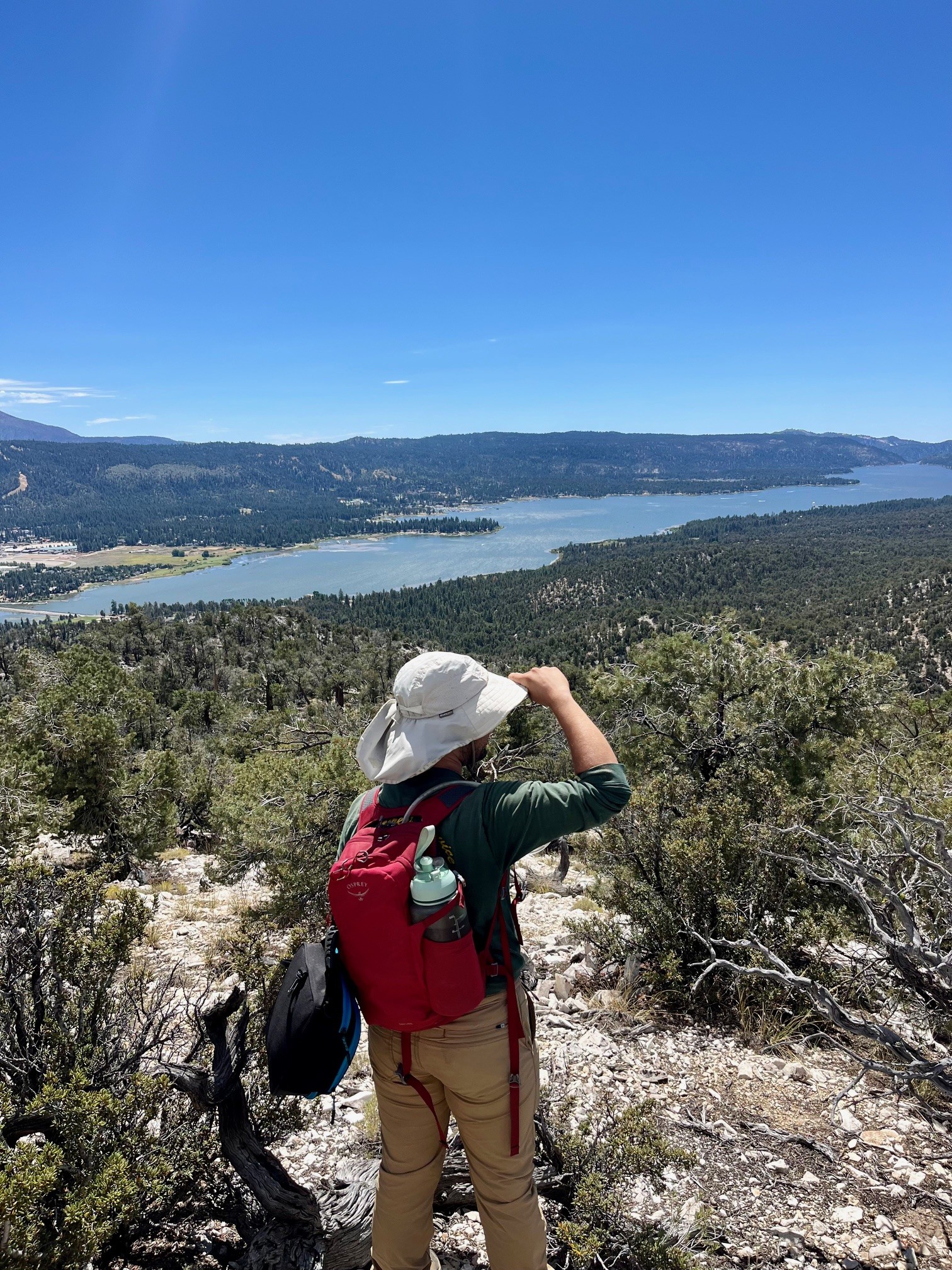By: Jessica Vick
While I have lived in Illinois for a while I cannot believe that I haven’t experienced the prairie the way I now have with this position. For school we were tasked to write a large plant inventory project and I chose a small prairie closer to my home. However, this prairie surprises me in new and beautiful ways every single day. We have had some extremely hot days to contend with and that is an adjustment for me as well. Altogether I wouldn’t trade my experience thus far for anything in the world.
First off my co-interns that I am with are so knowledgeable about the plants that we are seed collecting from. Being a Wildlife Conservation major I have experienced and wrote several projects on plants however, wildlife is my wheelhouse. I have had the fortunate opportunity to be around a group of some of the smartest plant people I have ever met. With the use of iNaturalist and their help I am not only learning about all the Native Illinois plants but I am also learning and retaining their names. The conservation field has equally a huge piece in conserving native plant life. I think being from the Redwood forest I am used to those plants, trees, far more than these but this like I stated above has been a great adventure and experience in learning.
Being a part of this adventure I’ve had the pleasure of spending my days in the field not only collecting seed but experiencing the wildlife on the prairie. In particular it was nice to witness Monarch larvae yesterday
Monarch butterfly larvae (Danaus plexippus Linnaeus)
As a wildlife person this is evidence that we are doing something wonderful. The monarch butterfly as of 2023 was added to the vulnerable to extinction list and we don’t want it to get any further as we need our pollinators.
Being a part of the group that is planting and helping restore the prairie has been rewarding and educational. Seeing milkweed in the wild, while not ready, is evidence that this program is working.
Common Milkweed (Asclepias syriaca L.)
Along with seeing the caterpillars and monarch’s the amount of milkweed throughout the prairie, while not ready for picking, is beautiful. Because, we are sustaining the monarch’s life by having this tallgrass prairie.
Another seed collecting experience was met with a hangout session with a viceroy butterfly while seed collecting. Because we could be standing in one place for several minutes the amount of insects we see and that could be all around us varies.

One of the other interesting things about this internship is the seed cleaning process and everything that entails. From the collecting, to the combining of our mutually collected seed in one location, to the hand cleaning screen process, then my favorite part so far is weighing and looking at the seed under a microscope. I tried to get a picture of what it looked like through the ocular lens of the microscope, it is something that before this internship I didn’t spend much time doing on my own. While I do have my own microscope at home, I feel like this skill that I have learned will have me wanting to do this more.
Looking through the ocular lens at various Carex
While seed collecting one day with the volunteers that help at Midewin National Tallgrass Prairie not only did I witness a flyover of some of our resident sandhill cranes (Grus canadensis), but I also at the same exact moment captured a picture of another pollinator, the Golden northern bumble bee (Bombus fervidus).



While we are sandwiched between a landfill and an Exxon plant I feel like we are making a difference and it is evident in all the life that is out there. A refuge of sorts in an otherwise flatland that is Illinois. I think at this point in my internship, while I did start late, I have been to almost every site to collect seed. I am learning more every single day from not only our mentors but from my well versed co-interns. I am thankful to be here and I cannot wait to learn more about tallgrass prairies.
partridge pea (Chamaecrista fasciculata)






